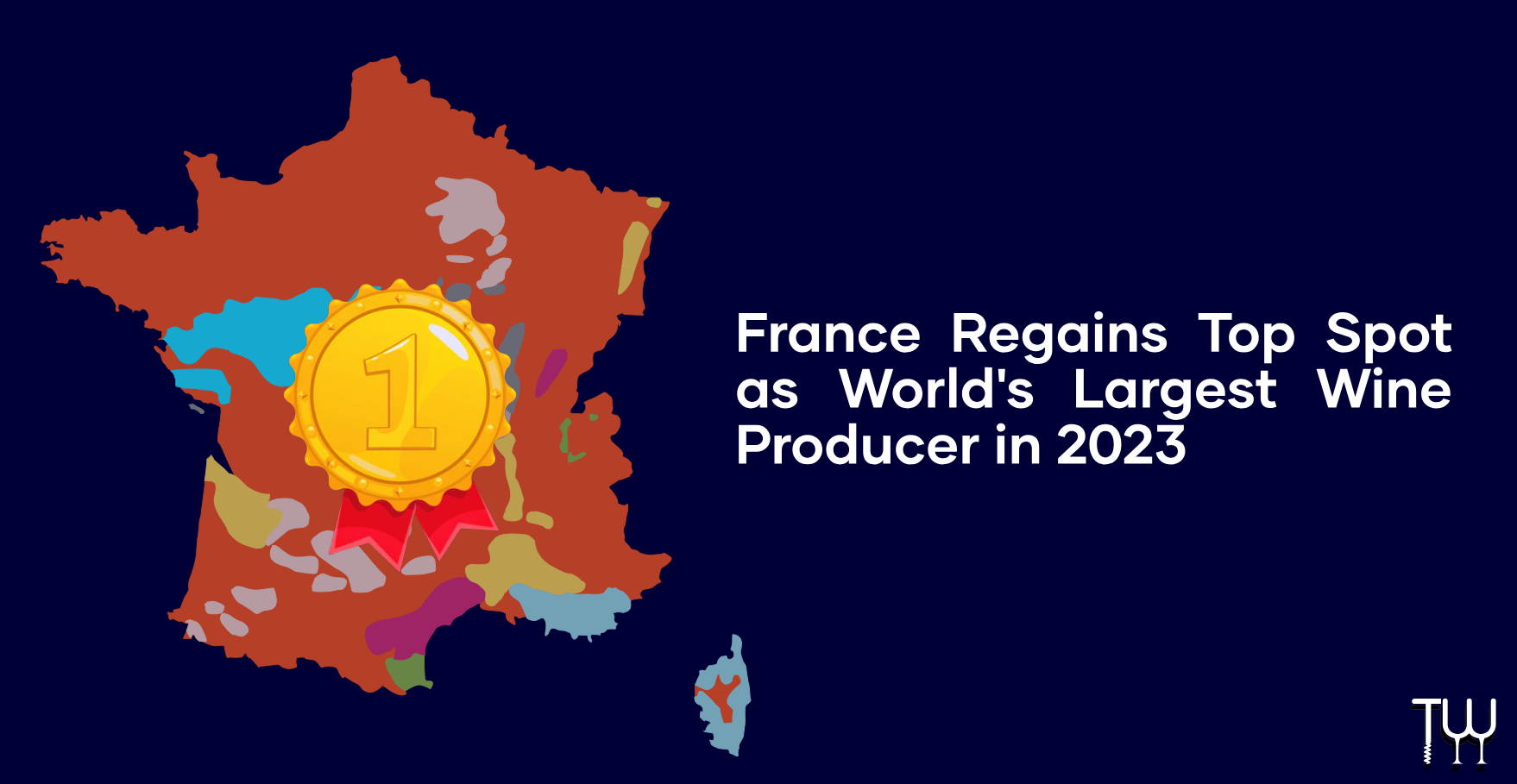
With a production stable, France becomes the world's foremost wine supplier again. France surpassed Italy, where production fell by 12%, according to the OIV's initial assessment of the 2023 harvest. Residing in Loreto Aprutino in central Italy, Italian viticulturist Antonella di Tonno described calamitous harvests with hailstorms and prolonged periods of torrential rain followed by drought.
A severe hailstorm in late June destroyed 60% of the production in a six-hectare (15 acres) Montepulciano d'Abruzzo vineyard within minutes, according to the owner of the Talamonti winery. White mold caused by downy mildew also affected the vines cultivated on 44 hectares (103 acres) in the Apennines.
Despite a 25% reduction in production, Antonella di Tonno highlights the use of precision instruments, such as moisture sensors, which helped limit the damage. She notes regional disparities, with some businesses at risk of not surviving. Northern vineyards have fought climate change better.
Phenomena affecting the vines this year are varied. It has not yet been proven that they are directly linked to climate change, according to Inaki Garcia de Cortazar Atauri of the Inrae Agricultural Research Institute. The consequences of heavy rains in Italy are also related to soil artificialization, he explains.
Global wine production is expected to reach between 241.7 and 246 million hectolitres (around 32 million bottles) with significant decreases in Spain (-14%) and Greece (-45%). Despite overall stable production, significant disparities are observed in France with the spread of downy mildew in Bordeaux and the southwest, and heatwaves and drought in Languedoc-Roussillon. Substantial volumes are expected in Cognac, Corsica, and Champagne, according to the OIV.
Source: La Revue du Vin de France



32 Rue Robert Mallet Stevens
BAT C
30900 Nîmes - FRANCE
+33 (0)4.66.23.44.22